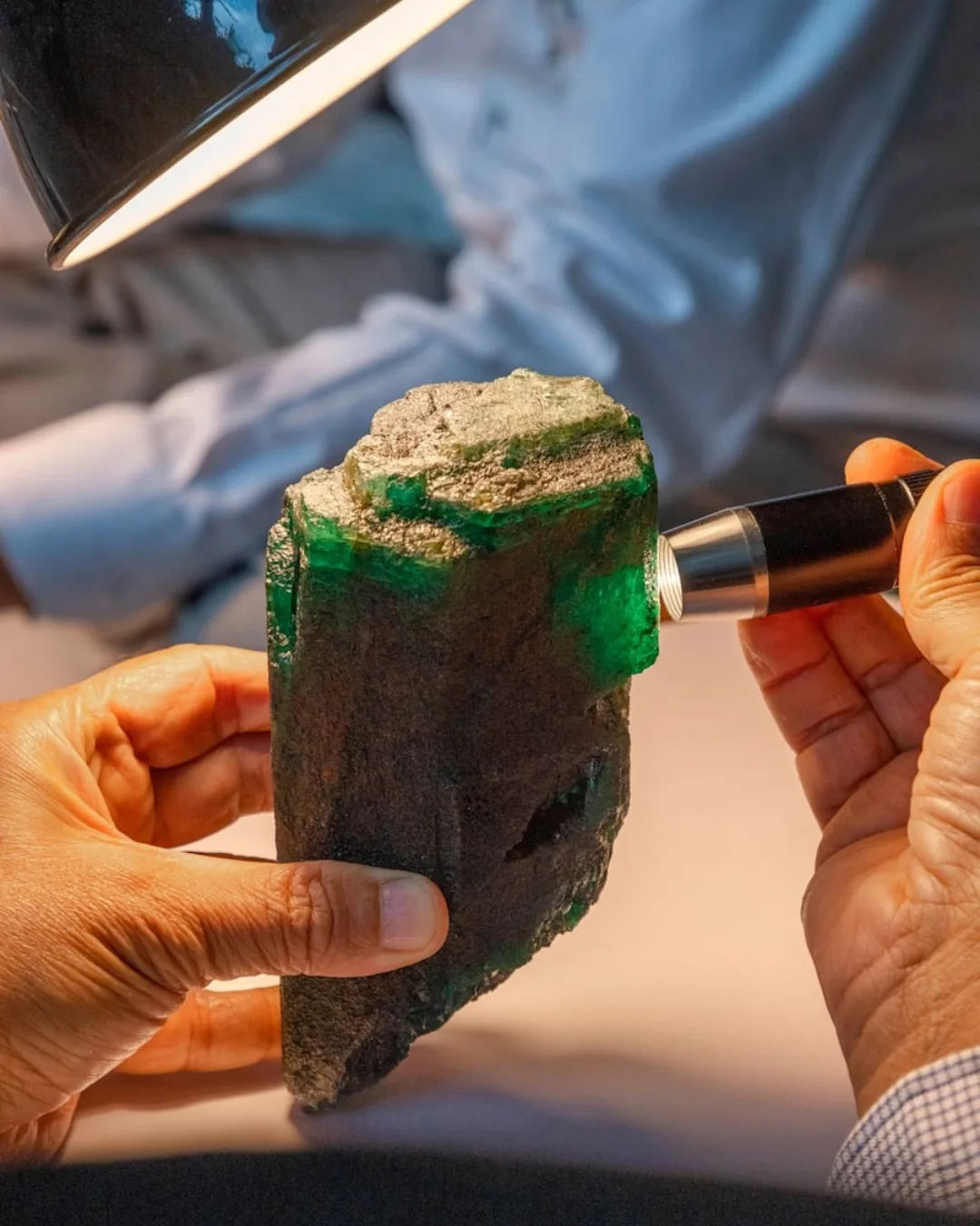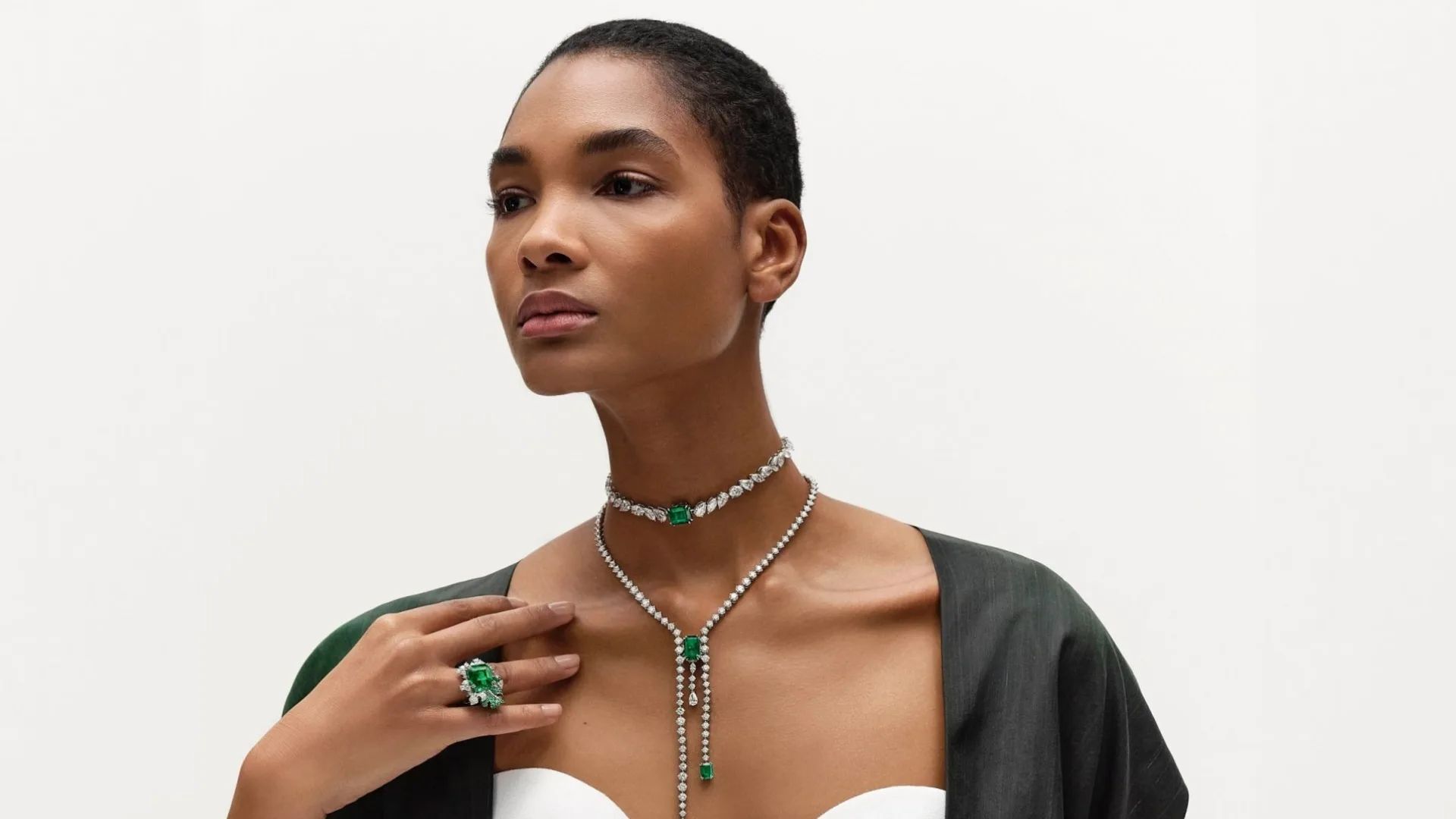In fashion’s new vernacular, provenance is the ultimate power. The women who once spoke in labels now speak in lineages: Irish linen spun on century-old looms, silk dyed in the vats of a family atelier, gold traced to a single hillside in Peru. It’s no longer enough to own something beautiful; real value lies in knowing how it came to be. This shift has been gathering for years.
The quiet luxury movement, with its logo-free handbags and cashmere softened by time, taught us a new language of understatement. The rise of archival and pre-loved shopping honed our appetite for rarity. And on the red carpet, a gown’s introduction now goes beyond the label to include a full recount of its ancestry. Provenance has, in recent years, become the new benchmark of taste. It’s not just about knowing the origin, either. It’s about the intimacy this knowledge creates.
In a market flooded with options, scarcity alone feels hollow; what resonates is the human imprint. TikTok’s obsession with vintage Hermès scarves has less to do with silk and more to do with the whispered romance of a 1970s Paris flea market find. Even runway notes read like memoirs, tracing the journey of a stitch or the place a fabric was born. Luxury has been reordered. Cut, fit and fabric remain essential, but now they share space with the story that carries them.

This tether to origin was tangible in Jonathan Anderson’s Loewe, where artisanal craft unfolded like a dialogue between past and present. Daniel Lee’s tenure at Burberry, too, leans heavily into British mills and traditional fabrics, naming them with the kind of reverence once reserved for supermodels.
At The Row, cashmere is sourced in rare, small-batch runs from the Mongolian steppe and offered as long-lived investment pieces. In jewellery, the stakes feel inevitably higher. Unlike clothes, which turn over with seasons, jewellery accumulates meaning across lifetimes. To know the exact journey of a stone — who mined it, who shaped it and how it travelled — is no longer a sidenote, but the foundation. High jewellery is beginning to reckon with this responsibility.
The risk of working with rough stones — unpredictable, imperfect, uncompromising — upends traditional notions of polish and perfection. It slows the process, complicates the design and refuses the easy comforts of symmetry and uniformity. Yet within this tension lies something exceptional: an intimate dialogue between maker, material and wearer. And that’s where provenance becomes more than a sustainability talking point. Few collections capture this ethos with such clarity as Chopard’s Insofu.

Born from a single rough emerald unearthed in Zambia, the Insofu collection traces its origin with unprecedented transparency: an innovative DNA-based system marks each gem, tethering it indelibly to its source. What makes these jewels arresting, however, isn’t just their ethical rigour. They are artfully composed, evoking the audacious spirit of the 1920s with sleek art deco references that feel anything but retrospective. Pearls, diamonds and unexpected colour combinations complement the raw integrity of the emerald, creating pieces that hold the room with quiet confidence.
The collection exemplifies a broader cultural shift: one where knowing a piece’s history is part of the beauty itself. Provenance is no longer a luxury add-on but the very language of desirability. It sharpens our gaze, invites curiosity and fosters a sense of stewardship over what we own.
In this sense, the jewels we wear become custodians of memory. Thus, the provenance effect reflects a modern sensibility that is as much about preservation as it is celebration. It asks us to slow down, to listen, to consider the invisible threads that connect earth, hand and skin.
In a world of infinite production and fleeting trends, it is a radical proposition. And perhaps it is no coincidence that this return to narrative happens now, when we are craving connection more than ever. The women of F. Scott Fitzgerald’s New York wore their jewels as statements of arrival. Today’s wearers seek something quieter and more considered: a declaration of discernment.

